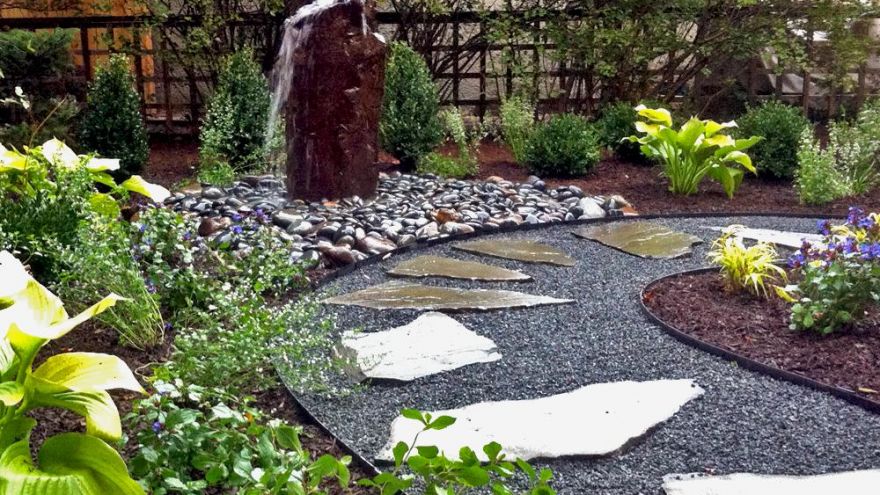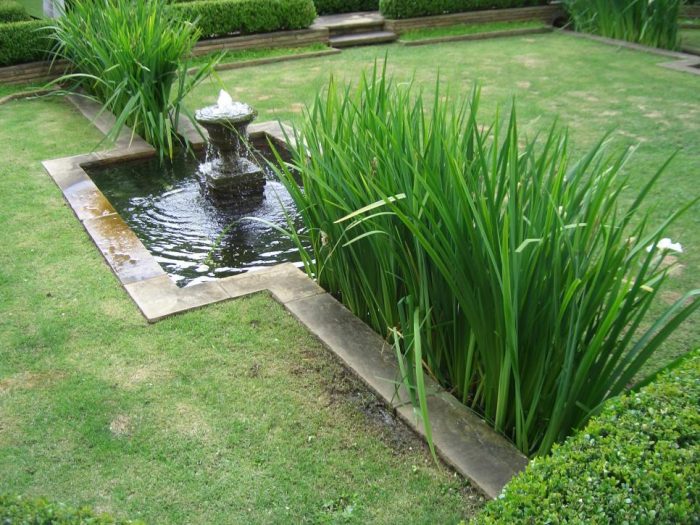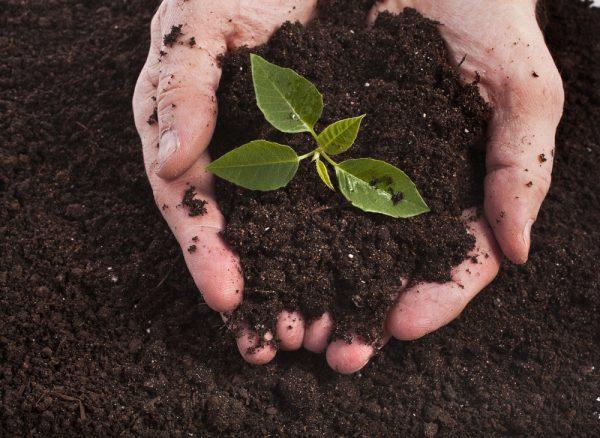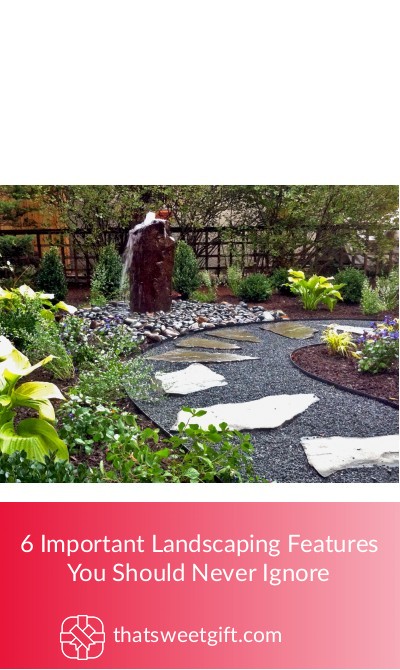6 Important Landscaping Features You Should Never Ignore

No matter if you’re simply updating your existing landscaping or if you’re creating a brand new plan there are things you should watch out for. The idea of having a brilliantly sculpted front and back yard not only gives you the ability to boost your property value but to finally have property you can be proud of. With that being said, landscaping is hard work and thorough planning is needed to make sure it’s executed without a hitch.
Below are 6 of the most important landscaping features you should never ignore.
1. Learning Your Yard
Even though it’s tempting to assume that everyone has the same type of property, that’s simply not the case. Some homes may have property that has full access to the sun all day, whereas others may have deep shade. Understanding all of the aspects of your property will help you to develop where each landscaping feature will be placed. For example, you wouldn’t want to put your vegetable garden in an area that receives no sunlight.

There are plenty of online resources you can use, such as the USDA Plant Hardiness Zone Map to understand what type of landscape you most likely have based on where you live. You can also take a walk around your property at varying times of day and make notes about shade, temperature, and the condition of the property.
2. Choosing the Right Soil
Before you even begin to think about digging up your property to plant, it’s important for you to choose the right soil for your needs. This is also very dependent on the area you live in, as some areas, such as Tennessee, have deceptive compositions that aren’t best for certain plants. You may also find that just because your soil looks a certain way doesn’t mean it’s as fertile as you think.

For home owners that aren’t agricultural specialists it can seem impossible to understand what type of soil you have on your property, but in reality, it’s easier than you think. All you need to do is take a sample of your earth and bring it into an agricultural professional or landscaper to have them analyze the sample.
You may also need to think about the type of soil you’re using based on the landscaping features you want to add. A great example would be placing garden beds close to the exterior walls of your home. If you have light colored stucco or brick, you certainly wouldn’t want black earth splashing up onto your home every time your gardens are watered. In this instance, you would be better off opting for mulch.
3. Finding Specific Plants Based on Sun
Now that you’ve had the opportunity to learn your yard, you’re well on your way to figuring out what plants would be best for certain areas of your property. Some plants require more sun than others and many varieties thrive the best in shaded areas. Without a clear insight into which plants work best in certain conditions, you’ll spend a fortune on elements that will only die after a few weeks of being planted.
If there’s one thing, you will learn about landscaping it’s that choosing the right plants makes a whole world of difference. To help make planning easier, create a list of different plant species you find appealing and label them based on “sunny”, “varying sun and shade”, and “shaded” preferences.
4. Establishing a Drainage System
You might assume that life will find a way, in that plants don’t need a lot of planning in order to thrive and be their healthiest but unfortunately, that’s not always the case. Even the most natural ecosystems require some type of draining in order to thrive otherwise plants will quite literally drown.

It’s important for you to have an area for all of the excess water to go, otherwise your plants will be sitting in mildew and stagnant water that can bring mosquitoes and other bugs. The best way to plan for drainage is to pay attention to any slopes on your property and if you find you need to install your own drainage system, seek the assistance of an irrigation specialist.
5. Be Aware of Existing Root Systems
Every single aspect of your landscape is going to feed off of the same plot of land, meaning the last thing you’d want is to have plants competing for enough nutrients. Unfortunately, “survival of the fittest” isn’t a theory that you want to apply to your landscaping.
Be cautious of existing root systems, as they are typically there for a reason and may be feeding plants other beautiful plants in the area. For example, it’s often that home owners plant garden beds at the bottom of trees, not realizing that all of their plants are sucking away nutrients that the tree is accustomed to having to itself.
The more aware you are of the needs of your plants, the healthier your landscaping will be. In addition, you won’t have to worry about tearing down existing plant life, as everything will have the perfect amount of food.
6. Think About Use of the Yard
Above all else, ensure that while you are planning your landscaping, you take the time to think about how the area is going to be used. Are you a single home owner with no children? Perhaps you enjoy entertaining your large family on a regular basis? Your lifestyle is surely going to affect how you plan the areas around your home. You’ll also want to consider the amount of maintenance you’re comfortable with being responsible for on a weekly basis.

Home owners with little to no time will surely benefit from a low-maintenance yard with hardy plants, whereas more intricate gardeners may prefer lush greenery that requires special attention.
Landscaping is the perfect way to add appeal to your property and with the right amount of planning, you’ll be prepared to own your very own lush and vibrant ecosystem right in your front or back yard.
Pin for later

